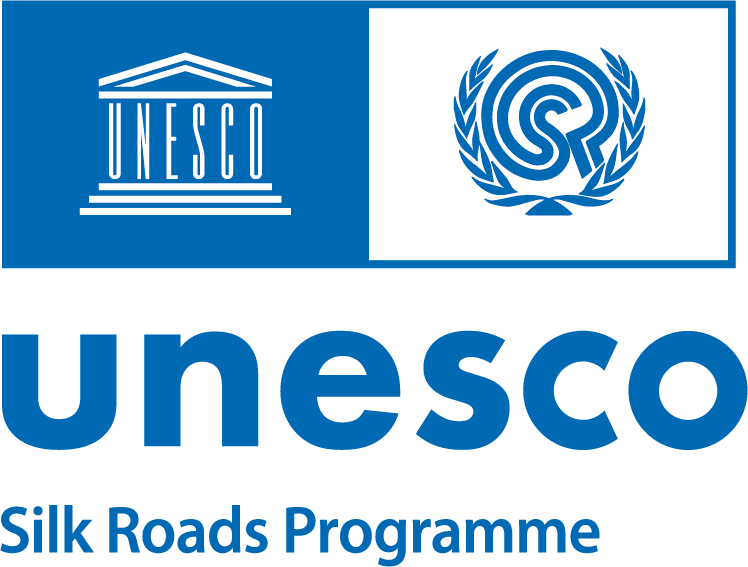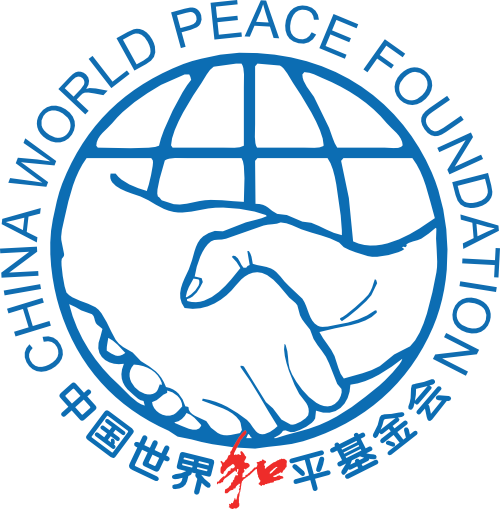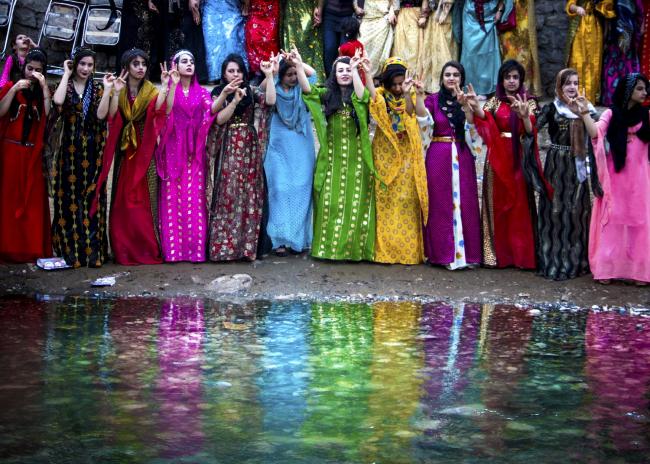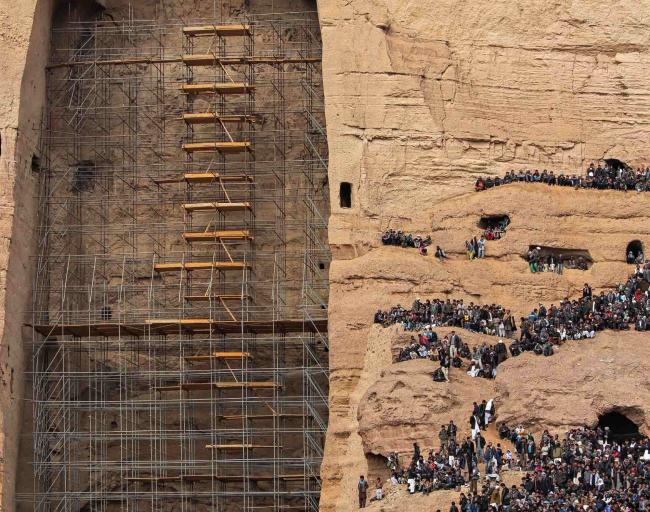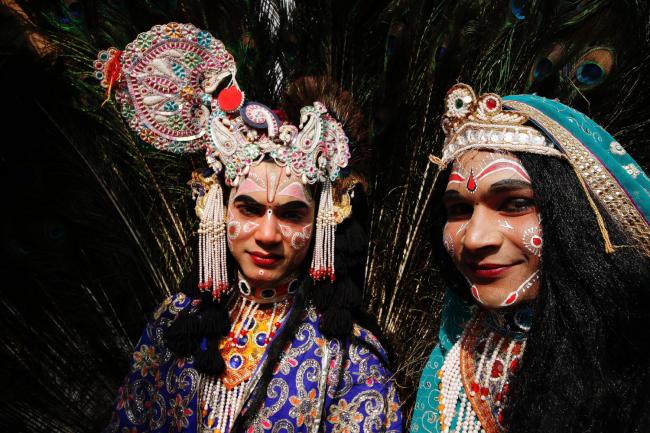The Silk Roads has played an essential role in linking different cultures. Rituals, art, music, craftwork, language, and gastronomy are all representative of intercultural interactions among diverse populations.
Monuments, archaeological sites, and architectural masterpieces are mirrors of the cultural interactions along the Silk Roads. They provide evidence of the past by acting as tangible sources of learning and transmission of knowledge inherent to local communities.
Over centuries, landscape has provided the framework within which intercultural exchanges have occurred along the Silk Roads. Even today, it continues to serve as an important focal point among diverse populations.
People built, maintained, and travelled long the Silk Roads exchanging goods and knowledge. This was done by forging relationships with one another, beyond their territorial and generational boundaries.
